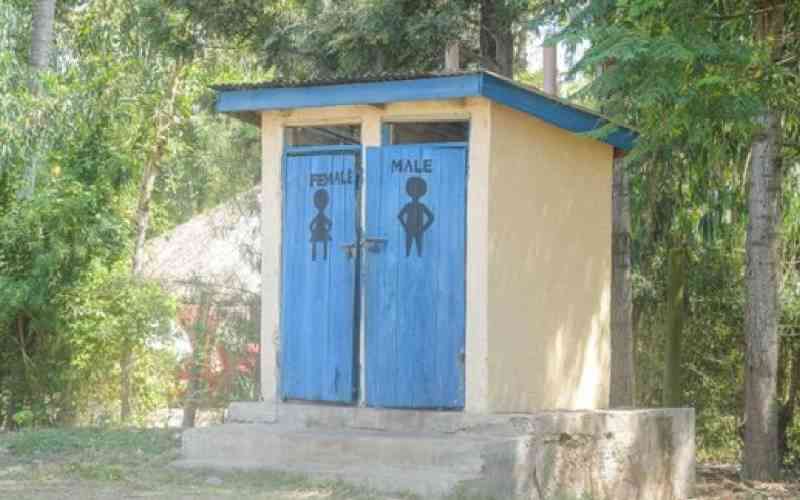It is eight months into the global economic disruption caused by the coronavirus pandemic.
Governments have cautiously reopened their economies and are re-examining ways of riding out this rough storm to alleviate job losses, loss of incomes and supply chain disruptions that are causing unusual “twin supply-demand shocks”.
The World Bank predicts the African economy will fall into recession, while Kenya’s economy may drop to 1.5 per cent but rebound to 5.2 per cent in 2021.
Some of the sectors that have been hit hard by the pandemic are manufacturing, tourism, aviation, exports and agriculture.
The manufacturing sector is at the centre stage of our industrialisation efforts and remains a legacy project in President Uhuru Kenyatta’s Big Four agenda.
The sector has been instrumental in job creation, increasing foreign direct investment, promotion of exports and improving the ease of doing business.
The sector’s performance in 2019 was not as rosy as projected.
The Economic Survey 2020 indicates that the sector’s contribution to the Gross Domestic Product (GDP) stood at 7.6 per cent and its real value added grew by 3.2 per cent last year compared to 4.3 per cent in 2018.
The reality of this new normal is both a wake-up call and a moment of truth for the manufacturers. To do so, the sector must quickly identify the existing skills gap.
Covid-19 has opened the economy to a reality check in so far as relevant skills set are concerned. While the rate of unemployment remains high, a majority of the unemployed lack specialised skills for a modern manufacturing job.
Even though the technical and vocational education colleges have played a significant role in churning out skilled labour, there is need to set up a sector-specific manufacturing institute akin to the US and UK’s manufacturing institutes with skills certification system meant to address the existing skills gap to build a formidable manufacturing talent pipeline.
The sector needs to create a business continuity Emergency Response Fund equivalent to at least half the amount advanced to manufacturers by lenders in the previous financial year.
Last year, the sector received credit worth Sh366.9 billion from commercial banks.
A Response Fund of Sh184 billion would be an ideal war chest.
Corporates are struggling with cash flows, making it difficult to meet their immediate financial obligations.
Stay informed. Subscribe to our newsletter
This fund will assist in reducing the cost of doing business associated with expensive credit facilities, reduce the cost of new investments and create more jobs.
Innovation is another focus area and remains the lifeblood of the sector for the foreseeable future.
Upgrade plants
There is a need to adopt new technologies, materials, products and processes to drive the sector to a double-digit growth rate. Covid-19 has taught us that over reliance on foreign-sourced raw materials is no longer sustainable, and so homegrown solutions must be considered.
The sector also needs to expand its domestic supply chain capacity.
A key lesson learnt is that during economic crises, countries are likely to pay less attention to foreign supply orders in favour of domestic demand.
The lack of personal protective equipment (PPE) during the early stages of the pandemic attests to the old adage that economies only export a surplus.
Manufacturers must wake up to the harsh reality that they have to expand their production facilities, employ more workers and upgrade their plants to cope with increased demand.
Diversification of production lines has emerged as a salient takeaway from the pandemic.
The unparalleled demand for Covid-19 related essential goods like PPE, masks, sanitisers and ventilators became the new production lines for companies that were engaged in the production of other goods.
- The writer is an economist and comments on trade and investment issues.
 The Standard Group Plc is a
multi-media organization with investments in media platforms spanning newspaper
print operations, television, radio broadcasting, digital and online services. The
Standard Group is recognized as a leading multi-media house in Kenya with a key
influence in matters of national and international interest.
The Standard Group Plc is a
multi-media organization with investments in media platforms spanning newspaper
print operations, television, radio broadcasting, digital and online services. The
Standard Group is recognized as a leading multi-media house in Kenya with a key
influence in matters of national and international interest.
 The Standard Group Plc is a
multi-media organization with investments in media platforms spanning newspaper
print operations, television, radio broadcasting, digital and online services. The
Standard Group is recognized as a leading multi-media house in Kenya with a key
influence in matters of national and international interest.
The Standard Group Plc is a
multi-media organization with investments in media platforms spanning newspaper
print operations, television, radio broadcasting, digital and online services. The
Standard Group is recognized as a leading multi-media house in Kenya with a key
influence in matters of national and international interest.








